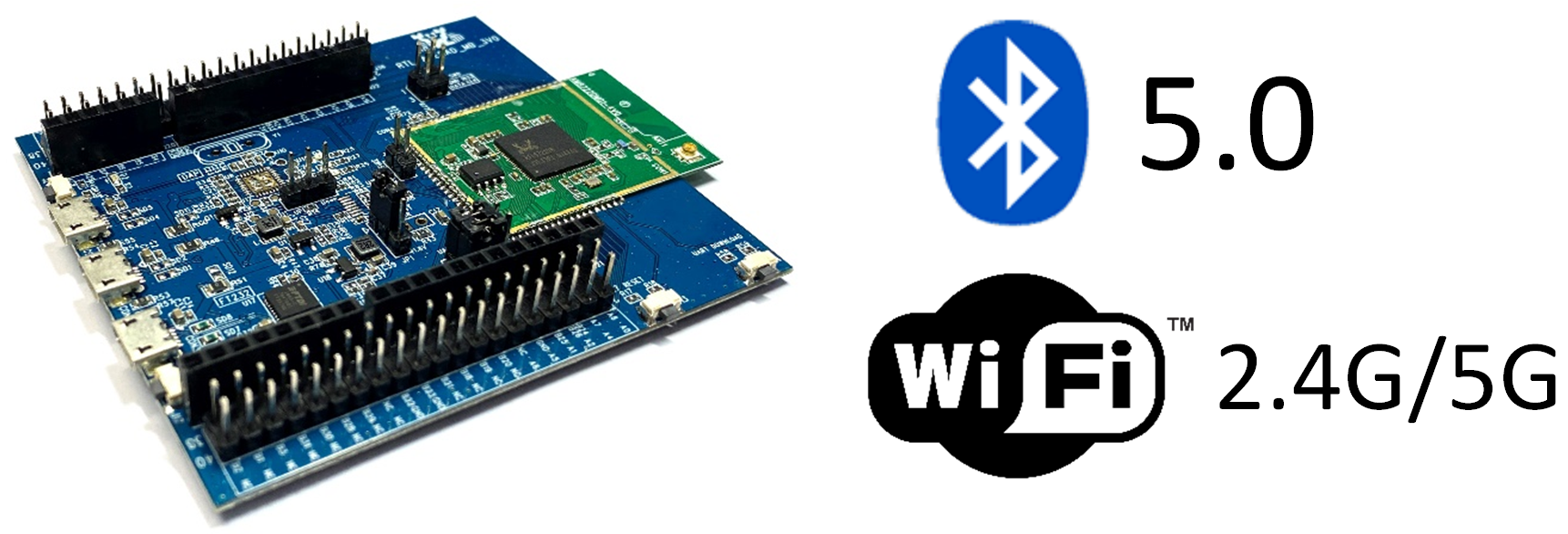crabbyhead
Newbie level 6

Hello everyone,
Realtek's Ameba-D development board (using the RTL8722DM SOC) is now supported in the Arduino IDE. It is an IoT-ready MCU powered by an ARM Cortex-M4 core at up to 200MHz coupled with a Cortex-M0 core at up to 20MHz. It is specially designed to be pin-compatible with the Arduino UNO, can be programmed using the Arduino IDE and supports most of the Arduino base examples and expansion boards.

In addition to the standard MCU features such as UART / I2C / SPI / ADC / PWM / GPIO interfaces, the key feature of the Ameba-D development board is the integrated wireless connection support.
The RTL8722DM SOC supports dual band WiFi connections at both 2.4 GHz and 5 GHz, and BLE 5.0 connections as well.
More information and community discussions can be found at https://www.facebook.com/groups/AmebaIoT/permalink/2585180308403456/
Examples, sample code, user manuals and SDKs can be found at https://www.amebaiot.com/en/ameba-arduino-summary/
Thanks for reading.
Realtek's Ameba-D development board (using the RTL8722DM SOC) is now supported in the Arduino IDE. It is an IoT-ready MCU powered by an ARM Cortex-M4 core at up to 200MHz coupled with a Cortex-M0 core at up to 20MHz. It is specially designed to be pin-compatible with the Arduino UNO, can be programmed using the Arduino IDE and supports most of the Arduino base examples and expansion boards.
In addition to the standard MCU features such as UART / I2C / SPI / ADC / PWM / GPIO interfaces, the key feature of the Ameba-D development board is the integrated wireless connection support.
The RTL8722DM SOC supports dual band WiFi connections at both 2.4 GHz and 5 GHz, and BLE 5.0 connections as well.
More information and community discussions can be found at https://www.facebook.com/groups/AmebaIoT/permalink/2585180308403456/
Examples, sample code, user manuals and SDKs can be found at https://www.amebaiot.com/en/ameba-arduino-summary/
Thanks for reading.